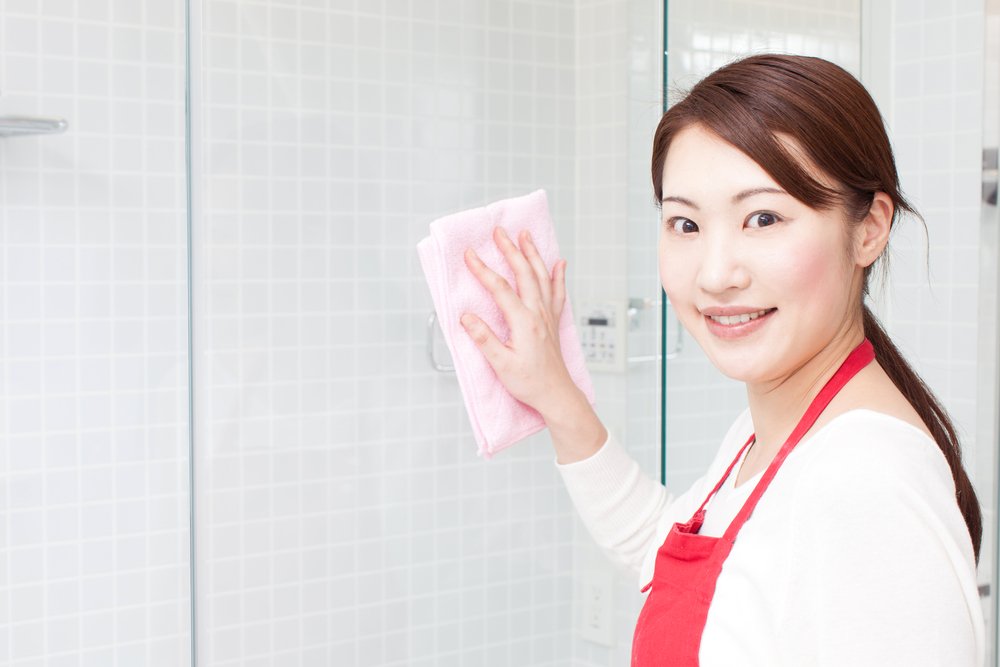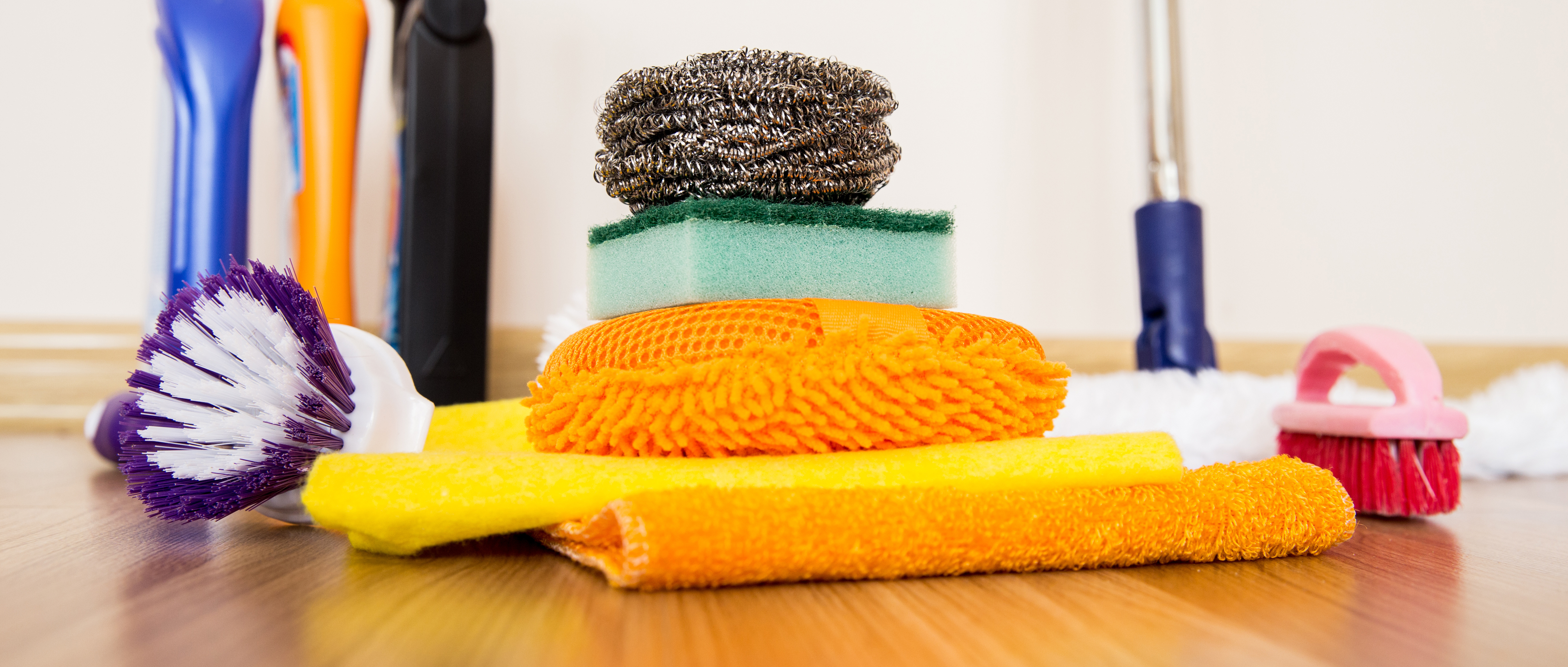

But don’t get freaked out - most of the bacteria isn’t harmful.

Your kitchen sponge gets awfully germy, with billions of bacteria on every square inch, says Tetro. In that case, wash the towel immediately. Tetro recommends washing those weekly, unless you handled raw meat. Your kitchen towels collect bacteria every time you handle food and wash your hands. Plus, dandruff-causing fungi can also grow in them, Rapinchuk recommends swapping out bath towels every other day. Bath towels become loaded with bacteria (including staph and fecal) and if your towel doesn’t fully dry, that bacteria can grow. Your shower curtains should be disinfected weekly to avoid mildew, which can cause skin, eye and throat irritation in some people. To keep it at bay, disinfect the toilet and sink at least once weekly, and the bathtub every two weeks - more if you shower often. Tetro says your bathroom is the ultimate bacteria host E.coli can be found within six feet of the toilet and in the sink. You might want to wash your kitchen floors a little more often, due to food bacteria that can spread around. Give floors a good wash or steam once every couple of weeks, says Tetro. Rugs should be vacuumed weekly (more often if you have pets) to keep dust, dirt and allergens at bay. To stay on the safe side, wipe down your sinks daily.

When water splashes back up onto your hands, they’re contaminated, too. Also, bacteria from food, like E.Coli and Salmonella, can contaminate the kitchen sink, especially if you’ve been handling raw meat. Even if they look clean, sinks can get really gross - Tetro says the bathroom sink accumulates fecal matter (from washing your hands after you use the bathroom). To keep your bed clean, change your sheets once a week (as Rapinchuk recommends), or a minimum of every two weeks (as Tetro recommends), and wash them in hot water. Though most bacteria on sheets is environmental (like dust) and mostly harmless, the bacteria and fungi, along with the dirt and oils sloughed off during sleep, can cling to sheets and your skin, contributing to acne and dandruff.
#CLEAN HOUSE CODE#
We asked two experts, Jason Tetro, microbiologist, visiting scientist at the University of Guelph and author of The Germ Code and The Germ Files, and Becky Rapinchuk, a cleaning expert, and author of the books Simply Clean and The Organically Clean Home, for their advice. Try This Science-Backed Cleaning Schedule So how often should you clean your tub, or wipe down your toilet or change your sheets, before they become something of a biohazard? Probably more often than you think. the stomach flu) can live for days or weeks.
#CLEAN HOUSE FULL#
coli (intestinal bacteria that can make you sick) can live for a few hours to a full day, while the calicivirus (a.k.a. According to research in Popular Science, the life span of a germ varies greatly depending on the bacteria and the surface.
#CLEAN HOUSE SKIN#
You can also rent an air compressor and blow the dust bunnies off your refrigerator coils to boost its efficiency.If you saw what lived on your surfaces under a microscope, your skin might crawl: Teeny tiny bacteria and microbes consisting of viruses, soil, fungi, bacteria, animal dander, pollen, sweat, excretions and skin cells all invade your spaces on a regular basis. Consider using a large roasting pan as a crumb catcher while you clean. Bonus Deep Cleaning Task: Take everything off your pantry shelves and wipe them down.Once the surfaces are dry, return only what you use daily. Tidy Countertops: Move everything off the counters, then clean and dry them thoroughly, along with the backsplash.If possible, pull appliances out from the wall to get at the surrounding walls and the floor. Do the same for the stove and dishwasher. Deep Clean In and Around Appliances: Wait until the fridge is nearly empty, then wipe it down, inside and out.You can also try the tube sock trick here: Put one on each hand, spritz with cleaner, and wipe in circular motions. Next, wipe the cabinet doors front and back with wood cleaner (for painted or laminate surfaces, use warm water with a squirt of dish soap). The lining collects the dust, so next time all you'll have to do is replace the paper. Polish Cabinets: Wipe the exposed tops first, then cut newspaper or shelf liners ($5, Bed Bath & Beyond) to fit inside.

#CLEAN HOUSE HOW TO#
Ray Kachatorian How to Deep Clean the Kitchen


 0 kommentar(er)
0 kommentar(er)
